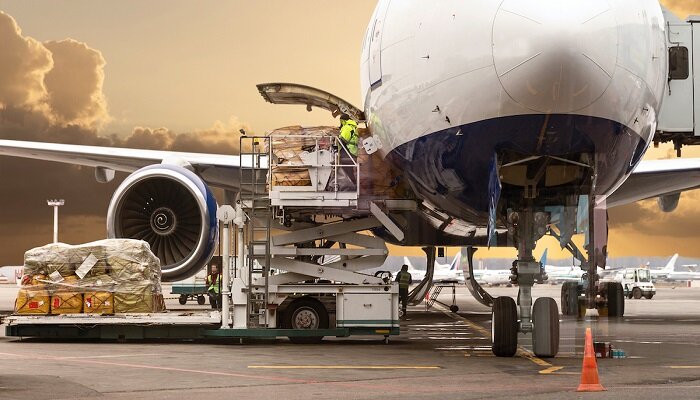The flow of air cargo tonnage has unexpectedly gone on to soften in the last entire week ending March 31, following a short period of stability since the end of the Lunar New Year holidays. That said, the worldwide average rates have indeed remained stable, with a slight upward pin, specifically outbound from Asia.
The end of the quarter does bring an uplift in air cargo demand, as the figures pertaining to March 20 to 26, i.e., week 12, happen to be showing a dip of -4% in the global tonnage vis-à-vis the previous week and also following many weeks of relative stability since almost mid-February, as numbers from WorldACD Market Data suggest.
Comparing weeks 11 and 12 to those of the preceding two weeks, there was a dip of -2% that was witnessed versus the combined numbers in weeks 9 and 10. This was tagged with a +1% rise in capacity.
That said, the average global rate saw a slight surge by +1%, which was based on the data of above 400,000 weekly transactions that were covered by WorldACD.
When it comes to the regional level, there are certain signs that project weakening in the development of air cargo tonnage across various markets, specifically flows from North America to Asia Pacific at -7% and to Europe at -5%, and from Europe to Asia Pacific at -4% and to North America at -5%.
When it comes to demand from the big lanes from Asia-Pacific to North America and Europe, it remained mostly stable, although notable surges were recorded when it came to the flows between the Middle East and South Asia and Asia-Pacific, eastbound at 13% and westbound at 5%.
Although the volumes happen to be declining in the last couple of weeks, when it comes to the pricing side, the average rates have consistently shown a pretty stable trend on a two-week over two-week basis across all regions except Asia Pacific, where the rates have actually increased by 3%.
If we compare the complete global market perspective, from this time last year, the chargeable weight in weeks 11 and 12 saw a dip by 9% as compared to the equivalent period in 2022. Significant percentage dips in tonnages year on year were in ex-Europe at -9%, ex-North America at -23%, and ex-Middle East and South Asia at -6%. Despite the recent developments in the region, the ex-Asia Pacific trend was down 7% as compared to last year.
It is well to be noted that overall capacity has jumped by 13% as compared to 2022, with double-digit percentage increases across all the regions. Most significant increases happen to be seen at 22% in Africa, 20% in Asia Pacific, and 15% in Europe.
Apparently, the global rates currently happen to be 32% below their levels this time as compared to last year.


































